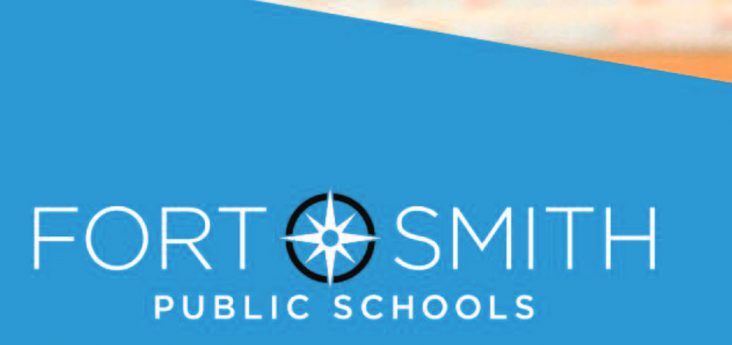Technology access expands within Fort Smith Public Schools
by January 21, 2020 3:03 pm 730 views

When Fort Smith Public Schools asked residents to approve a millage increase in 2018, one of the areas they listed as important for all students was technology.
Administrators wanted to provide technology to all students. They wanted to make certain that appropriate technology was not only available to all students but was consistently available, effectively supported and equitably distributed.
Fort Smith voters approved a 5.558 millage increase for Fort Smith public schools in 2018. The new rate is expected to raise $120.822 million for the district. Part of that money has been earmarked for the 1:1 technology for FSPS students.
Starting with the 2012-13 school year, the program puts laptops in hands of every child in the district in kindergarten through 12th grade. Sunnymede and Morrison elementary schools and Ramsey Junior High were the pilot schools in the first year of the program with students in certain grades receiving Microsoft Windows computers to keep with them through the school year. Those computers cost the district $800 per student, said Vance Gregory, executive director of technology.
In the 2016-17 school year, the district issued students Chromebooks, which brought the cost to students down to $285 per student. That year, all students in third and fourth grade throughout the district were issued computers and backpacks so they could take the computers home for use. In 2017-18, Chromebooks were issued to all fifth- and sixth-grade students; in 2018-19 to all seventh-, eighth-ninth-grade students; and in 2019-20 to all 10th-, 11th-, and 12th-grade students.
This year Chromebooks were also issued to all students in kindergarten through second grade, though those computers remain in charging stations in the classroom and are not allowed home with students.
“That’s for a couple of reasons. Students in kindergarten, first and second grade do not have homework, so they don’t need the computers at home. It is also more cost-effective this way. There is less chance something will be broken or lost,” Gregory said.
Though computers are turned in at the end of the school year for maintenance, students receive their same computer when returning in the fall. Students typically keep their computers as they continue through that campus, receiving a new computer when they move to junior or senior highs.
Each computer is engraved with the FSPS logo, a $6 per computer cost that Gregory referred to as a $6 insurance policy. For the students’ protection and parents’ and administrators’ peace of mind, there are three web filters monitoring content and searches while students are connected to the internet while at school and secondary web filtering on the devices while they are at home, Gregory said.
“We also have restricted access to install apps. The only (applications) allowed are those requested by the principals and approved by us. Those requests have to come from the principal in writing,” Gregory said.
With even the most veteran teachers in the district embracing the use of technology in the classroom, the 1:1 initiative is proving to be a very effective took, he said. Students can use the computers for coding, allowing each student to be able code individually, rather than a team sharing a single computer to complete the same tasks. Teachers can use a variety of apps as teaching aids for lessons. And homebound students can actively take part in classroom discussions and demonstrations.
“This program allows students to learn, but it also keeps them engaged. We (the district) can provide better education through technology to the student at home,” Gregory said.
Chromebooks for students in kindergarten and first and second grades are not supported by funds generated from the increased millage. Providing these will cost the district roughly $300,000 annually, Gregory said. Remaining Chromebooks are supported by the millage project and cost the district approximately $890,000 annually, he added.
